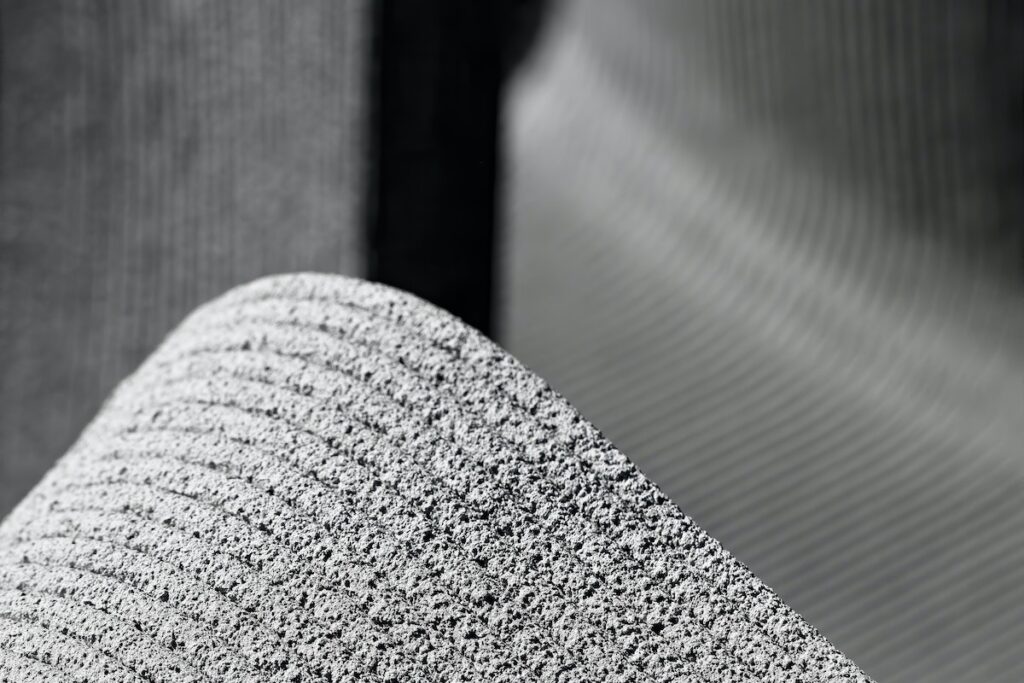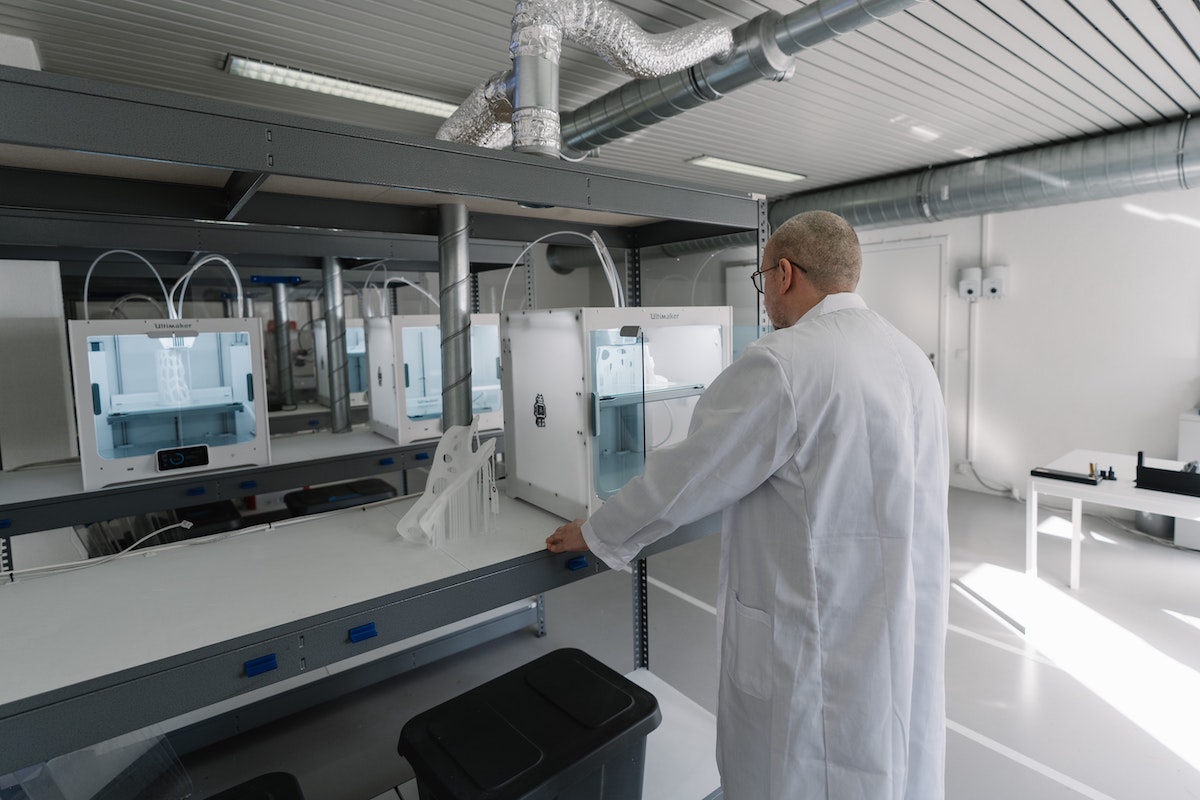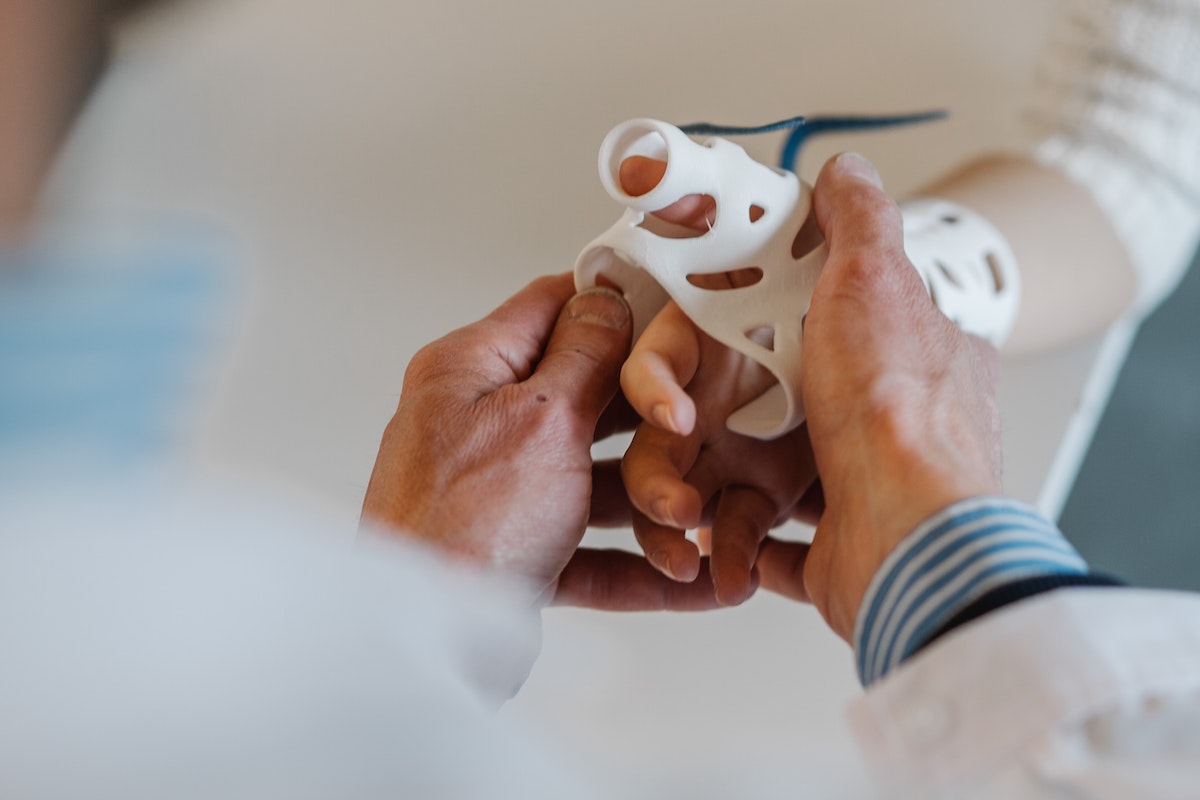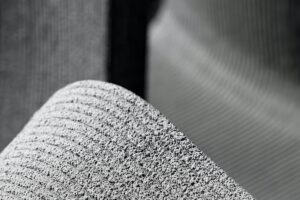Article
Introducing the new Bruker D6 PHASER XRD Benchtop X-Ray Diffraction Platform for Materials Analysis and Advanced Research

There is a growing interest around the concept of additive manufacturing. Additive manufacturing is a specific 3D printing process, in which parts are created layer by layer by depositing material. The term can refer to many technologies, including 3D printing, rapid prototyping, direct digital manufacturing, layered manufacturing, and additive fabrication.
And although 3D printing is often used as a synonym, “additive manufacturing” better reflects the professional manufacturing process that differs significantly from conventional, subtractive manufacturing methods.
The list of industries that are adopting 3D printing into their processes is constantly growing. Early usage in the form of rapid prototyping focused on pre-production visualization models. More recently, 3D printing is being used to fabricate end-use products in aircraft, automobiles, orthotics, prosthetics, medical and dental implants, and consumer products.
Common materials used in additive manufacturing include plastics, metals, composite materials, concrete, and even human tissue.
Thermoplastic polymers are the most commonly used materials. They include a variety of types with their own advantages and applications. These include acrylonitrile butadiene styrene, polylactic acid and polycarbonate, as well as water-soluble polyvinyl alcohol which can provide temporary support before being dissolved.
A wide variety of metals and metal alloys are used, including gold and silver, stainless steels and titanium amongst others.
A range of ceramics are used, including alumina, tricalcium phosphate and zirconia as well as powdered glass which can be baked together with adhesives to create new types of glass product.
Biochemicals, include silicon, calcium phosphate and zinc while bio-inks fabricated from stem cells are also being explored. These materials are generally used for healthcare applications.

Additive manufacturing has transformed the way companies develop and manufacture their products. And as more companies embrace this type of manufacturing, and implement it into their processes, many advantages have been uncovered:
It’s clear that additive manufacturing has been a highly transformative technology across several industries. Although its main use-case started primarily with rapid prototyping, it has spread to other areas in the manufacturing, and is now a key part of research & development, production parts, repair, and maintenance.
The real-life examples of innovations powered by additive manufacturing are expansive. A Swedish company is addressing the growing concern over single-use plastics by inventing an entirely new tooling concept that is currently being introduced in the manufacture of molded paper food and drink containers.(1)
The growing use of additive manufacturing in the medical device industry holds a lot of promise and innovation. An orthotics and prosthetics company turned to additive manufacturing to scale up production of parts with minimal waste and allows for faster processing and therefore faster delivery of completed parts.(2)

However, many companies find that transitioning from prototyping to production with additive manufacturing can be challenging. To get defect-free, repeatable results, manufactures and materials scientists will require process characterization and QA/QC controls that are unique to additive manufacturing. Analytical instruments and techniques, like Pyrolysis-GC/MS is becoming the key to overcoming these challenges.
References:
Put our expertise, strategic partnerships, and technical support capabilities to work for you.
8301 New Trails Drive, Suite 100, The Woodlands, Texas 77381
© 2024 Quantum Analytics | A Black Forest Ventures Company | All Rights Reserved | Privacy Policy
Complete this form below and we’ll be in touch shortly!
Complete this form below to sign up and we will reach out to you with instructions
Complete this form below to give us some context about you and your needs.
Our sales team will be in touch shortly

